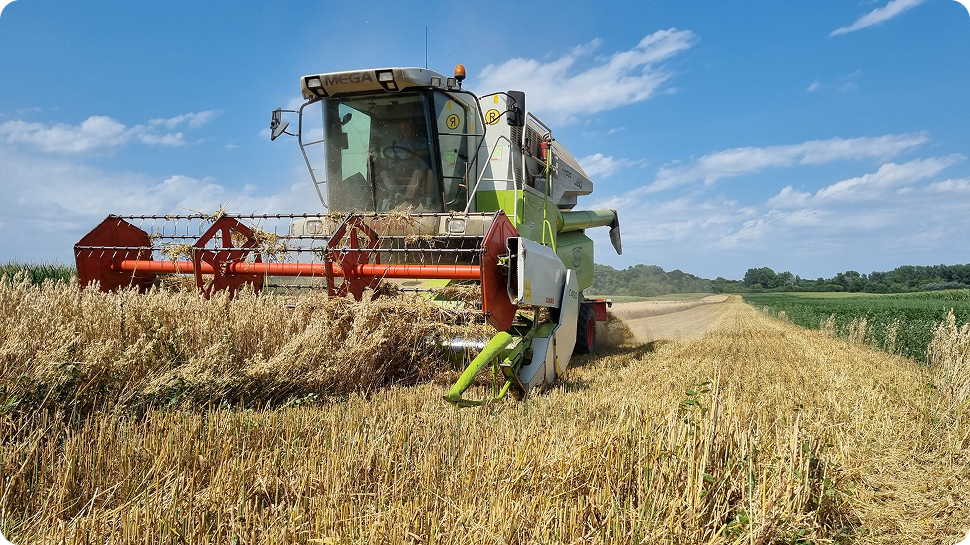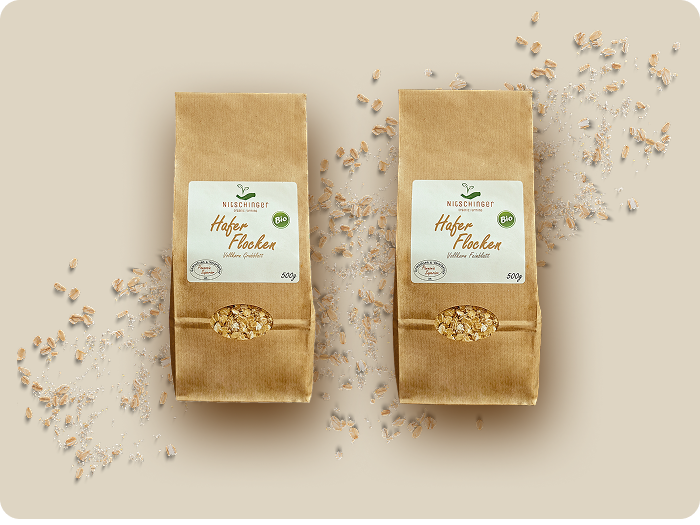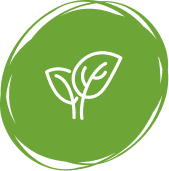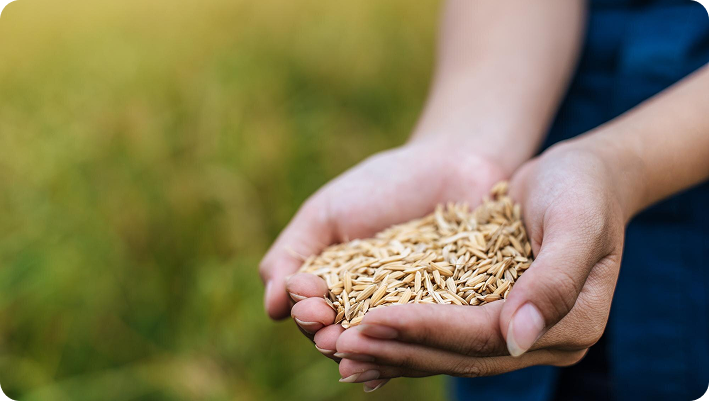An organic farm from Northern Burgenland takes a “different path”

In July 2018, we took over the family’s part-time farm from Manfred and Christa Nitschinger. Since Manuel Nitschinger had been working on the family farm from his childhood on, the economic and agricultural conditions of the farm were well understood when we took over. The farm was on solid ground, but as it is often the case with new farm owners, we wanted to do some things differently—try out a few new ideas. So, we started thinking about how we could develop the farm further and what direction it should take.
The direction quickly became clear!
✔ Through sustainable and resource-efficient farming, the soil—the foundation of every farm—should be preserved in its good condition and, if possible, passed on to future generations in even better shape.
Through intensive exchanges with international groups, we became aware of “Regenerative Agriculture” and were immediately excited about this farming method, which places the production base—soil—at the center.
Following the principle “healthy soil – healthy plants – healthy food – healthy people,” or summarized “one health” we wanted to implement this approach.
Providing the human body with nutrient-rich food as a preventive measure to promote health and resilience is a path recommended by many nutrition experts—one that we wanted to actively support.
Additionally, we had the vision of not just selling these healthy foods anywhere but rather refining them ourselves and offering them directly to customers.
Offering regional, top-quality food without long transport routes became the guiding principle of our farm.
The first step, which happened simultaneously with the farm takeover in 2018, was the transition to organic farming. We completed the two-year “conversion period” in July 2020.

When expertise meets passion and a commitment to quality.
After extensive research and training on direct marketing, we decided to take the first major step with our farm. Several ideas were born, and those that convinced us the most were worked out in detail and implemented immediately.
The goal was to create a product that stood out from the mass market and excelled in quality and taste. Nothing was left to chance—from selecting the right grain varieties to the specialized processing and even the packaging, every step was carefully planned. It took about one and a half years from the idea to the first market-ready product.
In October 2020, we proudly launched our own oat flakes, available in soft and crunchy varieties. Since then, we have received a lot of positive feedback from our customers. Some have even told us:
“I never ate oat flakes before because I didn’t like the taste or texture. But since trying yours, I eat them regularly!”
There are THREE key aspects that make our oat flakes a unique taste experience:

Unlike many other manufacturers, we use ”naked oats” (Nackthafer) as the raw material for our flakes.
This is a special and ancient grain variety, classified by the Austrian Agency for Health and Food Safety (AGES) as a “rare agricultural crop.” This traditional variety has undergone minimal breeding modifications and remains close to its original form
Unlike conventional oats, naked oats have not been bred for maximum yields and therefore produce only about 50% of the yield of standard oats, making them a very expensive raw material.
Standard oats remain enclosed in their husk during harvesting, requiring a de-hulling process to separate the edible grain from the inedible husk. During this process, part of the grain’s outer layer is damaged and removed, causing the loss of important fiber found in the inner husk.
Industrially produced oat flakes are usually moistened before flaking to improve the flaking process and reduce losses. Unfortunately, this often causes the seedling of the grain—rich in essential amino acids (proteins)—to be squeezed out and later removed from the final product.
To extend shelf life, industrial oat flakes are also heated before packaging to remove the added moisture. This evaporates important nutrients along with the water.
Our oat flakes, however, are neither moistened, nor heated, nor sieved. Instead, we use a special cold-pressing technique, preserving the entire grain, its seedling, and all essential nutrients and flavors.
This means pure whole grain! Additionally, by skipping the heating process, our flakes remain fluffy and soft, melting in the mouth.
Our product is 100% produced on our own farm fields in the Pannonian region.
It is sown, grown, and processed in Zurndorf. The only step taking place off-site is preparation, which is done within the “Pannonia Superior” region, not far from our farm.
This means:
️ ️ ✓ No long, unnecessary transport routes
✓ Regionality & climate protection at its best!
We are always working on expanding our product range.
We already have some exciting new products in development. Currently, we are focusing on producing spelt flakes and have recently started a test cultivation of various spelt varieties.
We welcome anyone interested in learning more about our farm and products! Visitors—including school groups—have already come to see how oats are transformed into delicious oat flakes.
